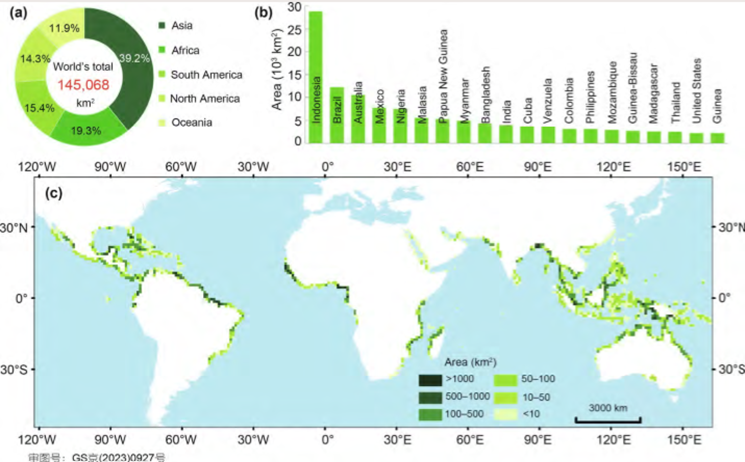Mangroves: Mexico’s Coastal Superpower
- Andreas
- Sep 8
- 3 min read
Mexico is home to the fourth-largest mangrove forest population in the world, a coastal treasure that anchors biodiversity, buffers communities from climate disasters, and powers the national economy. These ecosystems are more than scenic backdrops, they’re living infrastructure. Mangroves in Mexico provide an estimated $1.44 to $24.3 trillion in annual environmental services, from carbon capture to fisheries support. They stabilize coastlines, shelter wildlife, and act as natural flood barriers. Yet despite their value, mangroves face mounting threats. Tourism expansion, urban development, and land-use changes for agriculture and cattle grazing, have led to widespread degradation. The loss isn’t just ecological; it’s economic and cultural.

Unlike the lush diversity of terrestrial forests, mangrove habitats often appear uniform, dominated by a few species with distinct zonation. But on a global scale, mangroves are biologically remarkable. They’ve evolved independently at least sixteen times across separate plant families making them a stunning example of convergent evolution that speaks to their resilience.
Each species has developed unique adaptations to saline, waterlogged environments. Rhizophora mangle, or red mangrove, thrives in marine conditions using prop roots equipped with lenticels that allow gas exchange in low-oxygen soils. Conocarpus erectus, or buttonwood, is typically found on the drier edges of mangrove zones. It has lenticels on its bark and a more terrestrial root system, helping it tolerate transitional salinity and stabilize upland boundaries.
Red mangroves reproduce through propagules, buoyant seedlings that begin developing while still attached to the parent tree. Once released, they float horizontally across the water surface. After about forty days, they begin to turn vertical as root structures develop, allowing them to drag along the substrate and eventually anchor themselves in muddy environments. If not rooted within approximately thirty days of vertical orientation, propagules can retain buoyancy and remain viable for up to a year, continuing to drift until they encounter suitable conditions for establishment.
Mangroves don’t just protect coastlines they support coral reef ecosystems. Their dense root systems trap sediment, improving water clarity essential for coral health. They buffer runoff and filter pollutants, shielding reefs from degradation. Research in the Caribbean found that reef fish biomass was significantly higher near mangroves, and individual fish were larger on reefs adjacent to mangrove habitats. These findings underscore a powerful truth: mangrove restoration isn’t just about trees; it’s about entire marine ecosystems.

Just south of downtown Cozumel lies the Villa Blanca coastal zone. A once-thriving mangrove habitat that now stands as a stark reminder of ecological vulnerability. In 2005, Hurricane Wilma tore through the region with devastating force, wiping out most of the mangrove cover in Villa Blanca. What followed was not natural regeneration, but a cascade of compounding pressures.


In the years after the storm, increased herbicide uses, and the introduction of non-native ornamental species further disrupted the ecological balance. These interventions, often well-intentioned but ecologically misaligned, have dampened the mangroves’ ability to recover. Native propagules struggle to compete in altered soil conditions, leaving the site fragmented and unstable.
Villa Blanca is more than a case study it’s a call to action. Restoration here demands more than planting trees; it requires reestablishing zonation patterns, tailoring soil mixes to species needs, and engaging the community in long-term stewardship. With careful planning and evidence-based protocols, Villa Blanca can once again become a living buffer, a nursery for marine life, and a symbol of resilience.
Reviving the mangroves in Villa Blanca would also directly benefit the adjacent reef system. Healthy mangroves trap sediment and filter runoff, improving water clarity and reducing nutrient loads that can fuel algal overgrowth on coral. They provide nursery habitat for juvenile reef fish, boosting biodiversity and biomass on nearby reefs. By restoring this coastal forest, we not only rebuild a critical ecosystem we also strengthen the ecological foundation of Cozumel’s reef health and resilience.





Comments